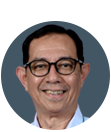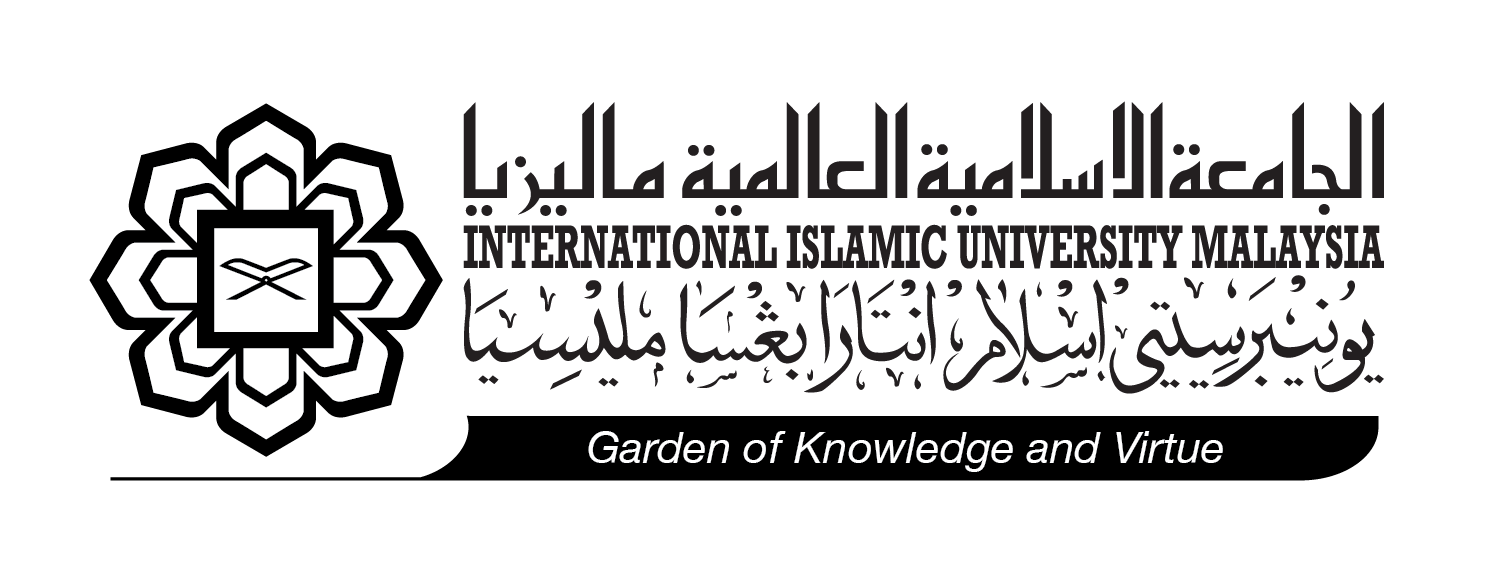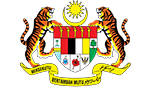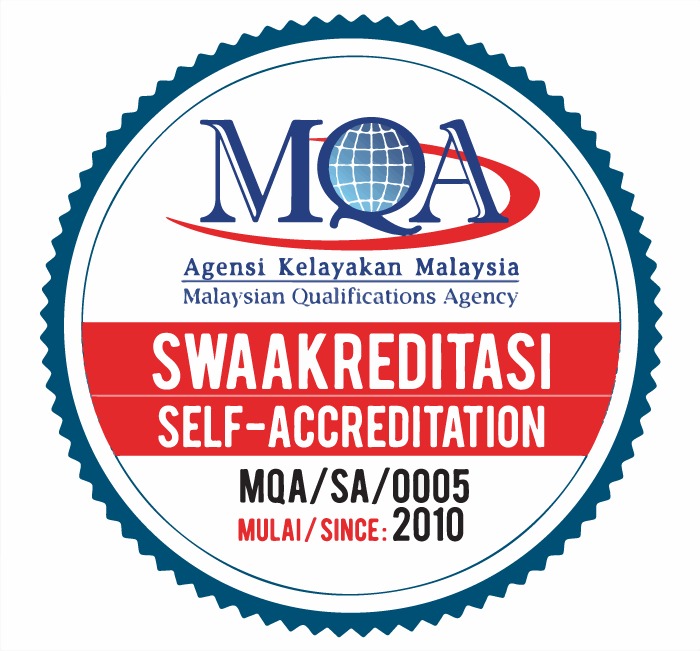Berita
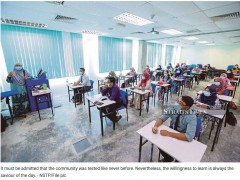
Foresighting higher education holistically
Tarikh : 19 January 2021
Dilaporkan Oleh : Roslan Bin Rusly
Kategori : News
Tweet This
The Higher Education Ministry community was privileged to listen to the annual speech given by the minister earlier this month.
Datuk Seri Dr Noraini Ahmad began by listing out the activities of the ministry last year, the challenges posed by Covid-19 and also the many achievements in eight areas of the sector amid the unexpected disruptions.
It must be admitted that the community was tested like never before. Nevertheless, the willingness to learn is always the saviour of the day. More so this time around where guru Covid-19 has been very instructive in focusing on the direction ahead.
To this, the minister responded with a 5S formula — speed, synergy, solidarity, strategy and standard. Some of these are self-explanatory and have been key to planning and moving ahead. Others are more prominent and enhanced given the unique pandemic situation in line with what the guru hinted.
For example, solidarity is of prime importance. Emile Durkheim, a
19th century philosopher, equated education as a means for social
solidarity. Indeed, schools can be regarded as miniature societies,
where social solidarity is learnt and practised in preparation to join
the larger community.
It helps to shape a cohesive community which in turn further nurtures "standardised" social norms to support solidarity organically.
Strategically speaking, it makes way for the society to move forward faster (speed) synergistically with social bonding. Not distancing.
Still, speed is not the be-all and end-all in academia. There is a time and place to slow down and reflect in exploring new ideas and innovative discoveries.
Pushing ahead unthinkingly for instant gratification (which is now a "norm" in the academia) is often counterproductive in the long run, especially during the pandemic.
Much depends on the holistic framework used in determining where the future lies globally.
One such framework is the Education for Sustainable Development which was crafted by the United Nations Educational, Scientific and Cultural Organisation (Unesco) in 2005 and is now extending to 2030 as part of the Sustainable Development Goals (SDGs), also known as Education 2030. In the SDGs, goal number four states inclusive and quality education as the platform to create "the world that we want" — one with an equitable and just ecosystem.
This is an interesting option, because the Malaysia Education Blueprint (Higher Education) will end in 2025. This means Malaysia's higher education sector should strategically plan for the future towards Education 2030 as advocated by Unesco. Failing to do this, Malaysian higher education may miss the "standard" set in meeting the overarching target of balancing the 5Ps of SDGs — planet, people, prosperity for peace through partnership (solidarity).
Another important holistic framework is the concept of sejahtera as advocated by the National Philosophy of Education (NPE) 30 years ago. Sejahtera, or more specifically kesejahteraan diri, is deemed to be the final outcome of the NPE where the students are holistically educated as insan sejahtera — balanced and harmonious persons in solidarity. The 5S formula must be framed in the narrative of kesejahteraan diri as global citizens of the future.
Sejahtera mirrors SDGs in providing inclusive and quality education to meet future needs. It is interesting to note that the address spoke about memacu kesejahteraan komuniti beyond academics and into the community.
It begs the question, what is then kesejahteraan in this context?
Here is where the third holistic framework comes to play; scenario planning.
Going beyond conventional strategic approaches, scenario planning provides ways to a number of options of possible scenarios for the future.
This is a systemic methodology whereby the participants can collectively shape the world they want based on their worldviews and perspectives. Indeed, Unesco is conducting Futures of Education sessions to allow for the re-imagining of education for the future where the 5Ps remain the over-arching target.
In summary, the additional 3S (SDGs, sejahtera and scenarios) can provide a holistic closure to the 5S formula to be globally relevant. Given the coronavirus pandemic where uncertainties are hightened, and the futures are even more ambiguous, the additional 3S are invaluable in foresighting a way forward. For the International Islamic University Malaysia, by integrating the latter, it seeks to understand the future two decades from today.
Or beyond. A daunting task, but a rewarding one as it forces everyone to think synergistically in solidarity so that the strategic drive ahead can be conducted speedily towards a (re)newed and standardised normalcy.
The writer, an NST columnist for more than 20 years, is International Islamic University Malaysia rector

